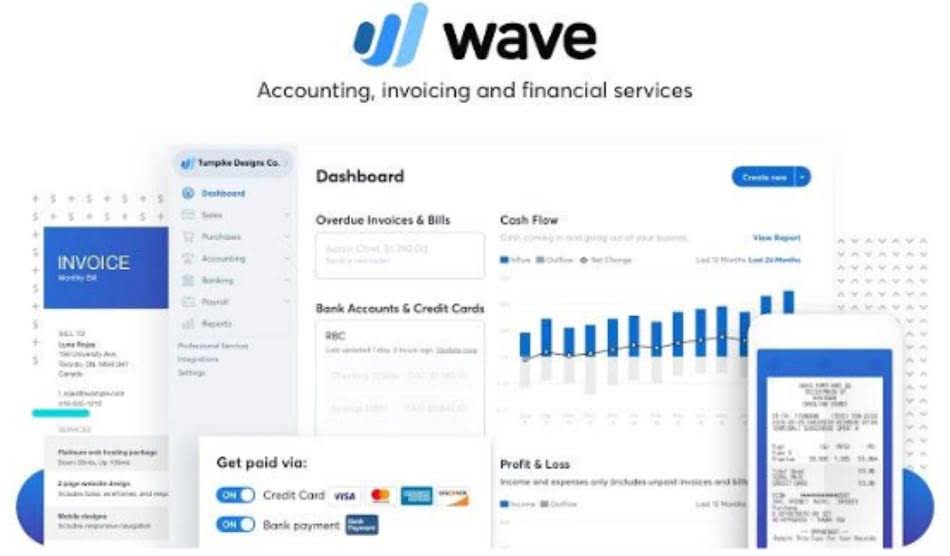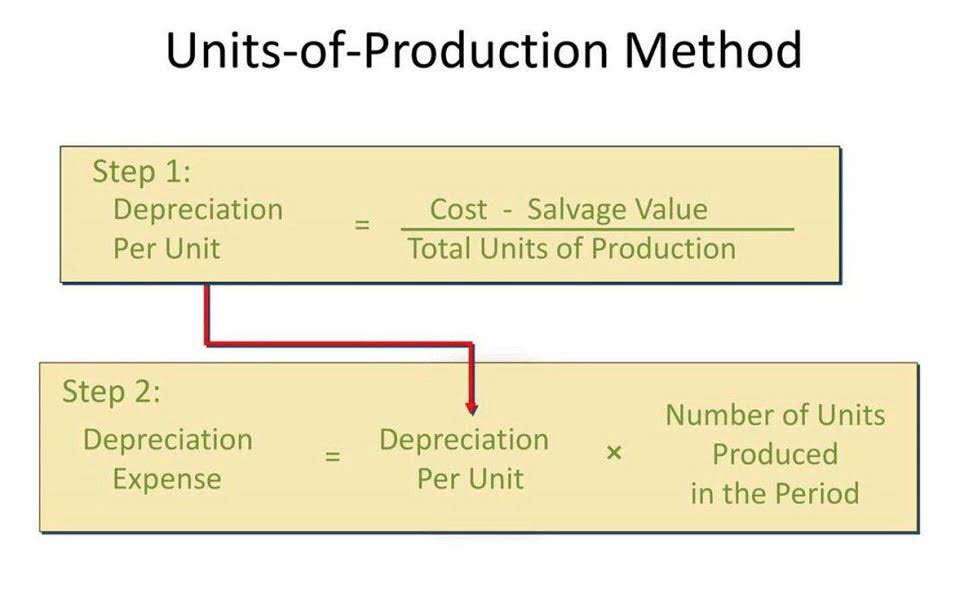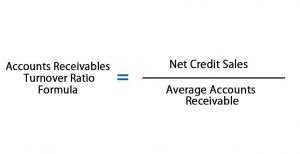
If an employee has several bad commission periods, they might not earn enough to cover their draws. You might need a policy for cases when an employee owes you too much. Whichever payment method you choose, ensure adequate documentation to prove your transactions. If an LLC member manages the company, this person is entitled to a) management compensation b) distributions draw vs salary based on their ownership amount. Each business structure has its own rules when it comes to owner compensation.

Owner’s Draw Vs. Salary: How to Pay Yourself as a Small Business Owner
Once you’ve taken care of the basics, you’ll also need to consider how you’ll pay yourself for your role. Since it can be challenging to predict your cash flow, you may be wondering whether it’s best to pay yourself an owner’s draw vs salary. We’ll break down the differences between these two approaches here to help you decide. Because draws are considered income, just like a wage, salary, or the commission itself, it’s considered taxable income and must be filed and paid at tax time.
- Financial AdvisorDaniel Brown is an experienced and knowledgeable financial advisor at spoolah.com.
- This decision regarding a salary or a draw impacts your business and your personal tax liability.
- In some cases, combining a base salary with profit-based bonuses or supplemental draws makes sense.
- The number, however, will be lower if you have employees (and don’t want to get in a situation where you can’t pay them because the business bank account is empty).
Is There a Minimum or Maximum Amount I Can Pay Myself?
On the other hand, an owner’s draw is not subject to payroll taxes. Instead, the owner pays self-employment taxes on their share of the business’s profits, which encompasses both Social Security and Medicare taxes, through their personal tax return. Owner draws are counted as a profit rather than a business expense, so it’s considered taxable income. If you’re in a partnership or the Financial Forecasting For Startups sole proprietor of your business, this business income counts as your personal income. It’s important to plan for this when you take an owner’s draw to have enough money set aside to pay tax at the end of the financial year.
The downsides of a draw on commission

The downside of the salary method is that you have to determine reasonable compensation that makes you happy, keeps your company operational, and isn’t double-taxed. If your compensation falls outside the “reasonable” range, it could raise flags with the IRS. For example, if you run a partnership, you can’t pay yourself a salary because you technically can’t be both a partner and an employee.
Owner’s draw:
In many partnerships, partners agree to reinvest a portion of profits back into the business before making personal withdrawals. For LLCs and partnerships, operating agreements should outline how compensation is managed. This includes how profits are distributed, what constitutes guaranteed payments, and what happens during surplus or deficit periods. Avoid withdrawing funds when cash reserves are tight, even if the business is still technically profitable. Maintaining operational solvency should take precedence over personal earnings. When your business is thriving, you may be in a position to increase your compensation.

Filing becomes more involved, especially when your compensation method differs from traditional payroll. Business taxes can be complex, and the method by which you pay yourself significantly impacts your tax responsibilities. Whether you take an owner’s draw or a salary, understanding the tax obligations and implications of each approach is essential for compliance and financial planning. In this part, we explore the tax treatment of different compensation methods, the unearned revenue role of business structures, and strategies for minimizing your tax burden legally.
How Does a Draw Work in Sales?

You should also ensure that you have regular growth to invest in other parts of your business. The key lies in informed decision-making by understanding the nuances of compensation taxes, monitoring your business’s profits, and understanding legal requirements. If it’s from your business account to your personal account, this can serve as a draw or compensation, but always ensure proper record-keeping for tax purposes. Stepping into the realm of entrepreneurship often blurs the line between personal and business finances. But there’s a compelling case for ensuring you, as the business owner, receive regular compensation. A partners’ equity balance is increased by capital contributions and business profits, and reduced by partner (owner) draws and business losses.

Choosing between paying yourself via owner’s draw or salary stems out of other choices you make in your business. If you take a lot of money from your business in the form of distributions, you may need to adjust your tax withholdings from your paycheck or file quarterly estimated taxes. Check with your accountant to figure out which approach is best for your situation. You are the employer so 100% of the responsibility for payroll taxes (Social Security and Medicare – FICA) falls on you. Let’s say you operate as a sole proprietor, partnership or LLC that has not elected to be taxed as an S corporation.
- Before you are even faced with deciding how to pay yourself, you need to decide what kind of structure you want for your business.
- As a business owner or leader, one of the most important decisions you’ll make is how to pay yourself and your team.
- If you own a single-member LLC, or are part of a multi-member LLC, you’ll need to use the draw method to pay yourself.
- For example, let’s say you are in a partnership, and your share of income is $10,000.
- Non-profit, C corp, and S corp owners often choose to take a salary.
- Deciding how to compensate yourself as a business owner is an important decision.
- Sometimes, the employee doesn’t earn $2,000 in commissions per month.
This way, your business doesn’t lose any money when paying the draws. The largest advantage to having an S corporation is the self-employment tax savings. Owners must pay them self-wages that are subject to Social Security and Medicare. However, any company profits flow to the owners free of employment taxes.
